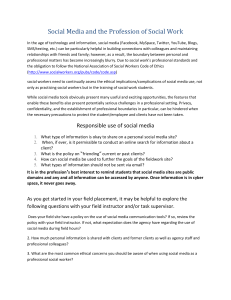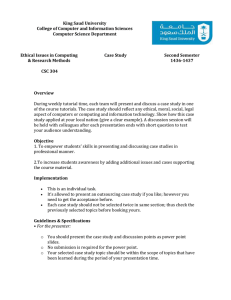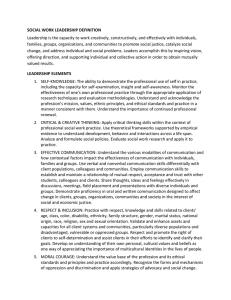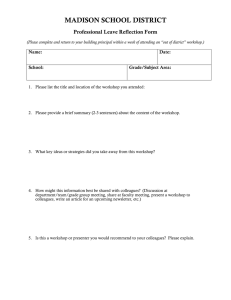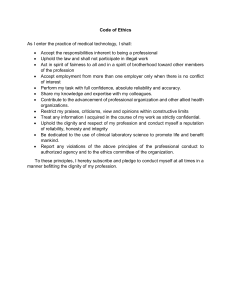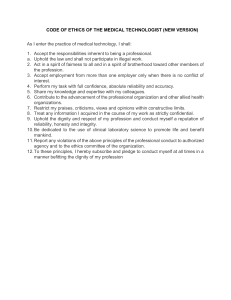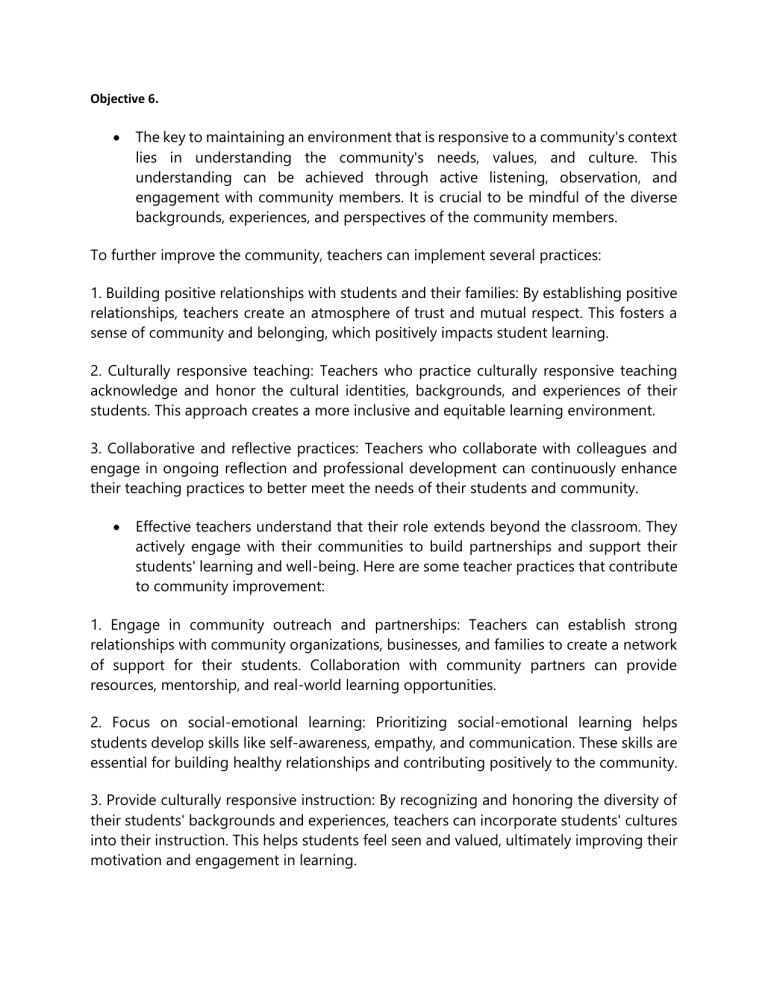
Objective 6. The key to maintaining an environment that is responsive to a community's context lies in understanding the community's needs, values, and culture. This understanding can be achieved through active listening, observation, and engagement with community members. It is crucial to be mindful of the diverse backgrounds, experiences, and perspectives of the community members. To further improve the community, teachers can implement several practices: 1. Building positive relationships with students and their families: By establishing positive relationships, teachers create an atmosphere of trust and mutual respect. This fosters a sense of community and belonging, which positively impacts student learning. 2. Culturally responsive teaching: Teachers who practice culturally responsive teaching acknowledge and honor the cultural identities, backgrounds, and experiences of their students. This approach creates a more inclusive and equitable learning environment. 3. Collaborative and reflective practices: Teachers who collaborate with colleagues and engage in ongoing reflection and professional development can continuously enhance their teaching practices to better meet the needs of their students and community. Effective teachers understand that their role extends beyond the classroom. They actively engage with their communities to build partnerships and support their students' learning and well-being. Here are some teacher practices that contribute to community improvement: 1. Engage in community outreach and partnerships: Teachers can establish strong relationships with community organizations, businesses, and families to create a network of support for their students. Collaboration with community partners can provide resources, mentorship, and real-world learning opportunities. 2. Focus on social-emotional learning: Prioritizing social-emotional learning helps students develop skills like self-awareness, empathy, and communication. These skills are essential for building healthy relationships and contributing positively to the community. 3. Provide culturally responsive instruction: By recognizing and honoring the diversity of their students' backgrounds and experiences, teachers can incorporate students' cultures into their instruction. This helps students feel seen and valued, ultimately improving their motivation and engagement in learning. 4. Create a safe and inclusive classroom environment: Teachers who establish a safe and inclusive classroom environment promote positive social interactions, reduce bullying and discrimination, and foster a sense of belonging for all students. This contributes to a positive school culture and a stronger sense of community. By adopting these teacher practices, educators can make a positive impact on their students and communities, and contribute to the creation of a more equitable and supportive society. Objective 7. Professional teachers have a legal and ethical obligation to provide high-quality education while upholding the values and standards of the profession. To develop their teaching practice in accordance with existing laws and the responsibilities in the code of ethics for professional teachers, teachers can take the following steps: 1. Stay up-to-date with changes in education laws: Teachers should regularly review and stay informed about education laws, regulations, and local policies that apply to their teaching practice. 2. Use evidence-based practices: Teachers should base their teaching practice on evidence-based practices that have been proven effective in promoting student learning and adapt their strategies based on student needs and feedback. 3. Uphold ethical standards: Teachers should adhere to the code of ethics for professional teachers, treating students with respect, maintaining confidentiality, and avoiding conflicts of interest. 4. Engage in professional development: Teachers should participate in ongoing professional development to stay current with research, teaching strategies, and technologies, helping them continuously improve their practice. By following these practices, teachers can provide a high-quality education while upholding legal and ethical standards. They can familiarize themselves with existing regulations, attend professional development opportunities, collaborate with colleagues and administrators, and reflect on their teaching practices to ensure alignment with regulations. This ensures that teachers are developing their teaching practices in accordance with existing regulations, leading to a highquality education for students while upholding professional standards. Objective 8 To demonstrate care, respect, and integrity to learners, colleagues, parents, and other education stakeholders, teachers can: 1. Communicate effectively: Teachers should engage in respectful and professional communication by actively listening, expressing thoughts clearly, and promptly responding to inquiries. 2. Foster positive relationships: Building positive relationships involves showing genuine interest, being supportive, and demonstrating empathy towards learners, colleagues, parents, and other stakeholders. 3. Maintain confidentiality: Respecting privacy means safeguarding sensitive information and maintaining confidentiality when dealing with learners, colleagues, parents, and other stakeholders. 4. Uphold ethical standards: Adhering to the code of ethics for professional teachers ensures treating individuals with respect, avoiding conflicts of interest, and maintaining integrity in all professional interactions. 5. Continuously improve: Engaging in ongoing professional development helps teachers enhance their teaching practice, stay current with research and best practices, and better serve the needs of learners, colleagues, parents, and other stakeholders. By following these practices, teachers can demonstrate care, respect, and integrity to stakeholders, building trust and fostering positive relationships. This contributes to a more supportive and effective learning environment. These practices uphold the dignity of the teaching profession by: 1. Demonstrating professionalism: Teachers who uphold ethical standards and act professionally show their commitment to the profession's highest standards, promoting public trust and confidence. 2. Cultivating positive relationships: Teachers who foster positive relationships with stakeholders exhibit a value for their dignity, establishing trust, respect, and creating a harmonious learning environment. 3. Encouraging continuous improvement: Teachers who engage in professional development demonstrate their dedication to continuous growth, delivering quality education and reinforcing the profession's reputation. In summary, practicing care, respect, and integrity towards learners, colleagues, parents, and other education stakeholders upholds the dignity of the teaching profession by promoting professionalism, positive relationships, and continuous improvement. Objective 9 Teachers can engage in various extra-curricular activities to enhance their teaching practice and provide enriching experiences for their students. These activities include: 1. Leading after-school clubs: Teachers can lead clubs related to their passions, such as STEAM subjects, providing an opportunity to share their knowledge and expertise with interested students. 2. Organizing field trips: Teachers can arrange educational outings to museums, historical sites, or natural wonders, offering hands-on learning experiences outside the classroom and exposing students to different teaching methods. 3. Participating in professional development workshops: Attending workshops allows teachers to learn about new teaching methods, technology tools, and curriculum resources, enhancing their teaching practice and inspiring new ideas. 4. Volunteering in the community: Teachers can volunteer their time and expertise by tutoring students, participating in community service projects, or offering free workshops. This builds positive relationships with the community and allows teachers to apply their skills in real-world settings. 5. Collaborating with other educators: Teachers can collaborate with colleagues to develop curriculum resources, share teaching strategies, and create interdisciplinary projects. This collaboration provides new ideas and perspectives to enhance their teaching practice. Engaging in these extra-curricular activities allows teachers to share their knowledge, improve their teaching practice, and provide valuable experiences for their students.
